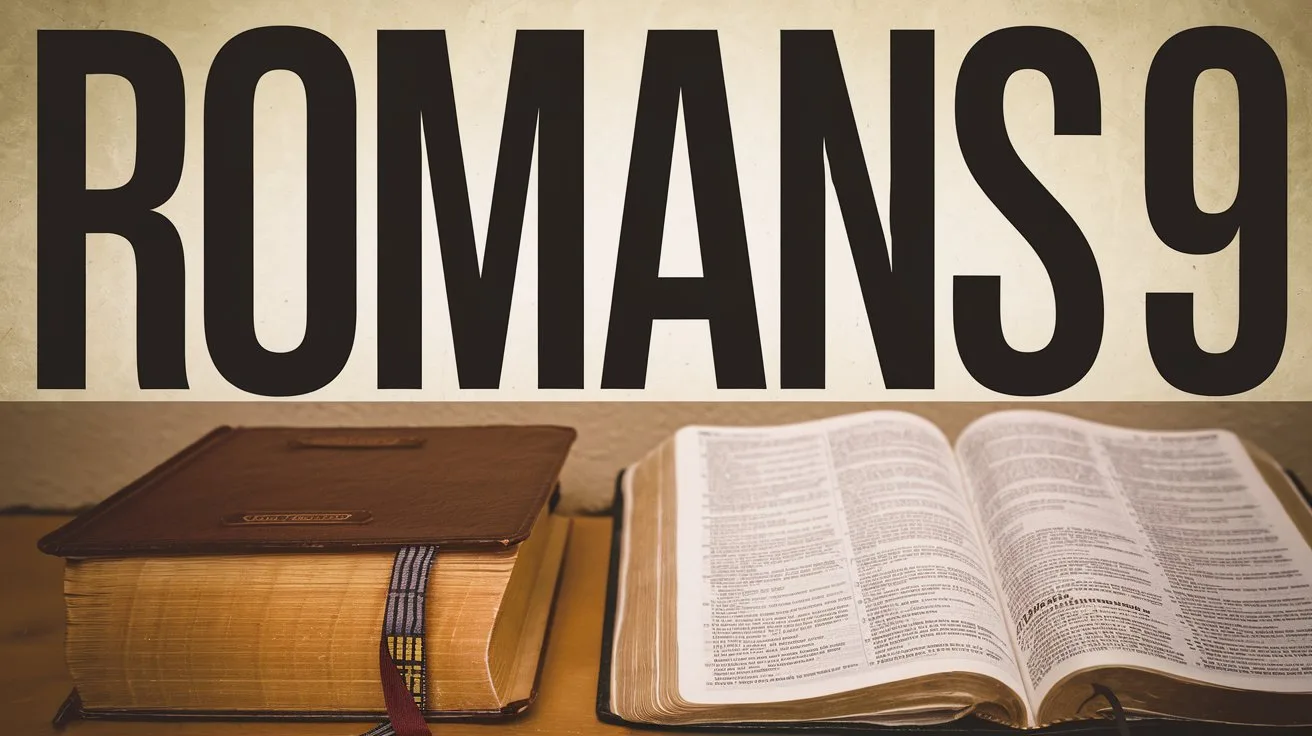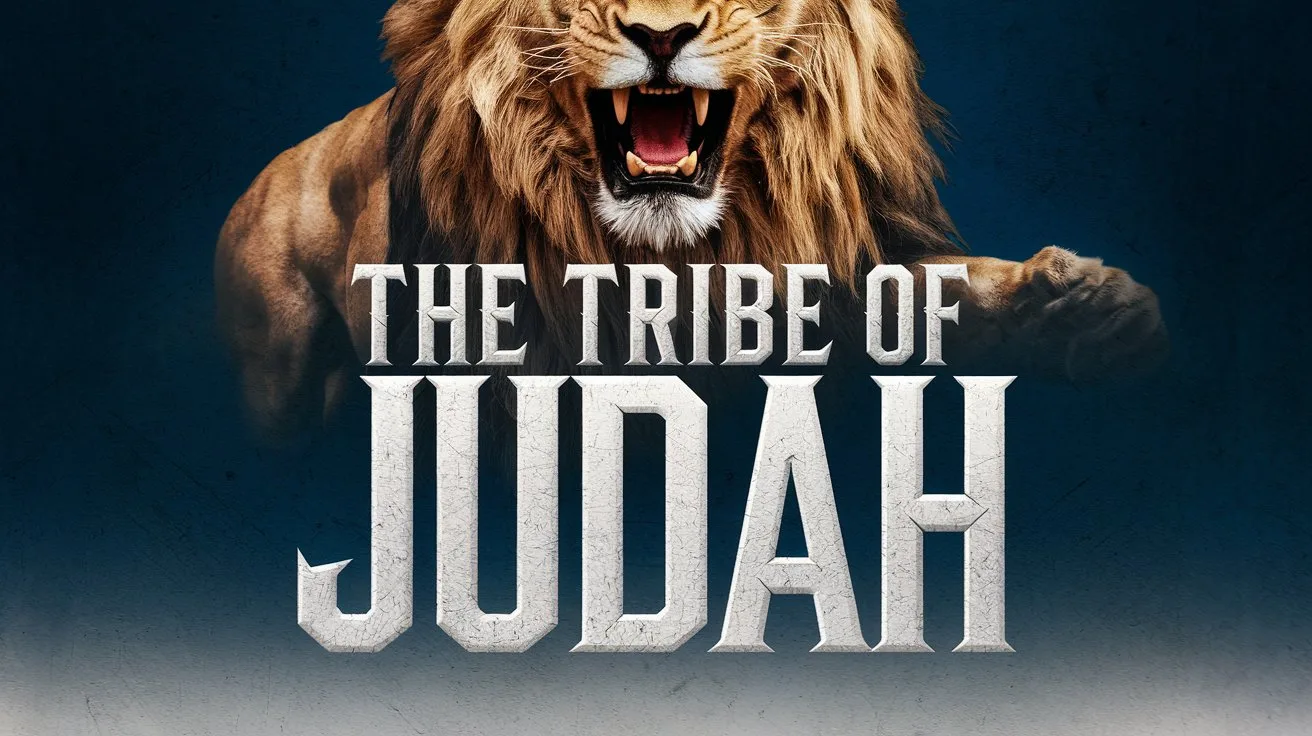The flood was God’s global judgment on a world filled with wickedness and violence. Genesis 6:5 says, “Then the Lord saw that the wickedness of man was great in the earth, and that every intent of the thoughts of his heart was only evil continually.” Grieved at what mankind had become, God declared that He would destroy all living things with a flood (Genesis 6:13).
Yet, amidst the corruption, Noah found grace in the eyes of the Lord (Genesis 6:8). God instructed him to build an ark, specifying its dimensions and purpose. Noah obeyed completely, doing all that God commanded (Genesis 6:22). For 120 years, he preached righteousness and prepared the ark, though the world did not repent.
When the time came, God brought Noah, his family, and two of every kind of animal into the ark. Then the fountains of the great deep were broken up, and the windows of heaven were opened. It rained for forty days and forty nights. The waters covered even the highest mountains (Genesis 7:19), and all flesh outside the ark perished.
After 150 days, the waters began to recede, and the ark rested on the mountains of Ararat (Genesis 8:4). Eventually, God commanded Noah to leave the ark. Noah built an altar and offered burnt offerings, and the Lord made a covenant never to destroy the earth again with a flood. The rainbow was given as the sign of that covenant (Genesis 9:13).
The flood demons/”>demonstrates God’s holiness and judgment, but also His mercy and salvation through obedience and faith. 2 Peter 2:5 calls Noah “a preacher of righteousness,” and Hebrews 11:7 says he became “heir of the righteousness which is according to faith.”







